No products in the cart.
Active filters
Windmill Valley
It’s the late 19th century, and more than 9000 windmills dot the landscape of the Netherlands, some of them purpose-built to dry the lowlands, called polders. In the polders between these windmills are fields filled with colorful tulips—the flower that once was a part of the turbulent history of the first financial bubble but is now simply a quintessential part of the Dutch landscape, especially on the famous Bloemen Route (or “Flower Route”).
Terminus
You and your competitors’ transit companies have been hired by the city to build new subway lines and commercial developments to improve the city\'s bottom line.
Three Sisters
Three Sisters is a strategic roll-and-write game about backyard farming. Three Sisters is named after an indigenous agricultural technique still widely used today in which three different crops — in this case, pumpkins, corn, and beans — are planted close together. Corn provides a lattice for beans to climb, the beans bring nitrogen from the air into the soil, and the squash provides a natural mulch ground cover to reduce weeds and keep pests away.
Tramways: Paris / New York
A mounted board with the rules A4 in English and French. Bridges and Fly boats to stay happy in two of the nicest city in the world!
Ishtar
Play the role of a gardener aiming to transform the dry desert into the Lost Hanging Gardens of Babylon! To accomplish your mission, you must plant flowers to gather precious gems, buy trees to earn you points or purchase upgrades. Choose carefully and plan ahead to become the best gardener!
Río de la Plata
In 1536 Pedro de Mendoza founded the city of Buenos Aires along the Rio de la Plata river. After five years, the settlers were forced to leave the city exhausted by difficulties and the continuous attacks from the Querandies natives.
Antike Duellum
Antike Duellum is a 2-player version of Antike by Mac Gerdts, designer of Concordia.
Both players lead an ancient civilization. On one side, the Carthaginians play against the Romans. On the other side, the Greeks play against the Persians. Each nation starts with three cities, which produce marble, iron, and gold. These resources are used to develop the civilizations.
20th Century
In the 20th Century, every region strives to develop. Some become financial leaders, others become centers of learning. Science and commerce propel nations into the future – but what kind of future? Growth produces waste, and advances come with a cost to the environment. How will you mitigate the inevitable ecological catastrophes?
Tawantinsuyu: The Inca Empire
Gather your people from the villages below and use their unique abilities to strategically place them where they can perform the greatest tasks for you. Climb the steps of the Sun Temple, reaping the rewards of your piety. Build structures that both nourish your people and provide you with benefits no other has at their disposal. Muster an army and conquer villages in the four realms of Tawantinsuyu. Prove yourself a worthy successor to Pachacuti and lead the Inca to glory!
Skyrise
The Mayor has enlisted some of humanity\'s greatest visionaries to help build Skyrise: a magnificent city in the sky, dedicated to art, science, and beauty. But only one artisan can be remembered as the greatest!
Spectral
Legend tells of the abandoned Spectral Manor coming to life at the stroke of midnight on a Crimson Moon — an event that rarely takes place more than once per century. On that night and that night alone, in certain rooms vast treasures appear, granting unspeakable wealth to those brave enough to find and claim them. But those who enter this mansion do so at their peril as some rooms awaken ghosts and curses that claim any who are foolish enough to enter. Rumors speak of glyphs and sigils found within the manor only on Crimson Moon night; these markings offer hints and clues — indicating both where treasures can be found and where paranormal traps lie in wait.
[DAMAGED] Windmill Valley
It’s the late 19th century, and more than 9000 windmills dot the landscape of the Netherlands, some of them purpose-built to dry the lowlands, called polders. In the polders between these windmills are fields filled with colourful tulips—the flower that once was a part of the turbulent history of the first financial bubble but is now simply a quintessential part of the Dutch landscape, especially on the famous Bloemen Route (or “Flower Route”).



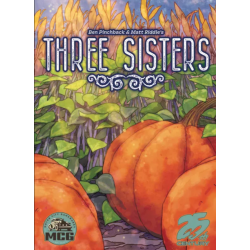
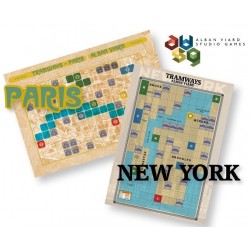
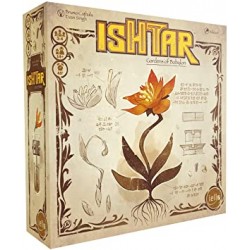

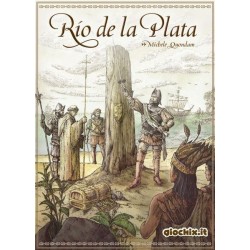
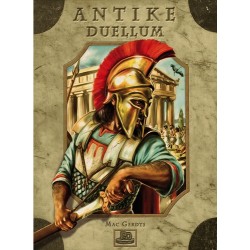
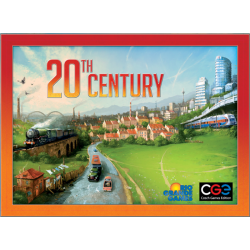
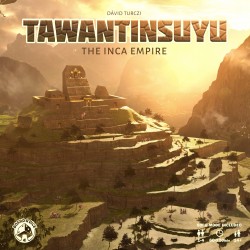


![[DAMAGED] Windmill Valley](https://kienda.co.uk/6094-home_default/windmill-valley.jpg)












![[DAMAGED] Windmill Valley](https://kienda.co.uk/6094-medium_default/windmill-valley.jpg)